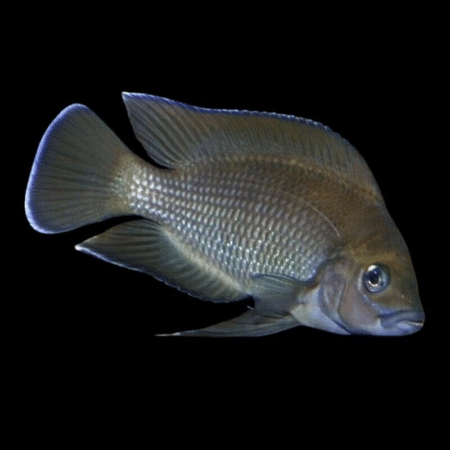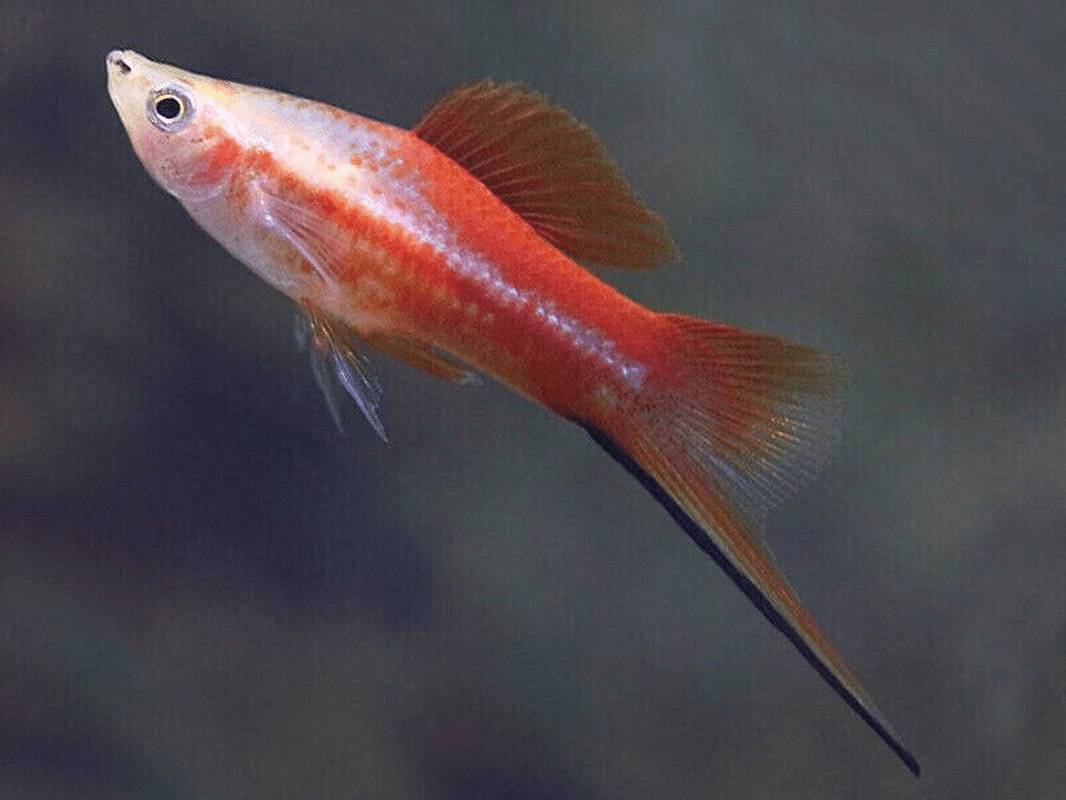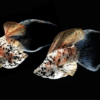-
×

-
×

-
×
 Silver Prochilodus - Semaprochilodu
2 × £24.19
Silver Prochilodus - Semaprochilodu
2 × £24.19 -
×

-
×

-
×
 Red Devil Vampire Crab - Geosesarma Hagen - Decapod Crustacean
1 × £8.71
Red Devil Vampire Crab - Geosesarma Hagen - Decapod Crustacean
1 × £8.71 -
×

Subtotal: £147.09











Emily Carter (verified owner) –
I recently purchased 10 Red Moon Swordtails (Xiphophorus Hellerii) and I couldn’t be happier! As a caring fish parent, I prioritize the welfare and happiness of my aquatic friends, and these swordtails have exceeded my expectations. They arrived healthy and vibrant, and after just a week in my tank, they have already settled in beautifully. Their stunning colors truly light up my aquarium and bring a lively energy that I just adore.
I’ve kept various tropical fish before, but the swordtails stand out with their playful personalities and ease of care. I appreciate that they are hardy and adapt well to a range of water conditions, making them perfect for both beginners and seasoned aquarists like me. A minor concern was their initial shyness; they took a couple of days to come out of hiding, but now they’re zooming around happily!
I highly recommend these swordtails to anyone looking to add vibrant colors and lively activity to their tank. They thrive in groups, so getting a few more wouldn’t hurt! Overall, a fantastic experience—I’ll definitely be buying from this seller again!